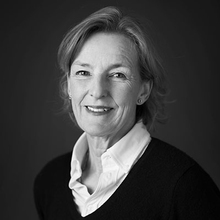Ernst Iosipovitch Neizvestny
ERNST NEIZVESTNY, charcoal drawing, signed and dated -65.
Sketch from the "Gigantomachia"-series. 63 x 86 cm.
Handling creases.
Provenance
The collection of Hans Björkegren, journalist, translator and writer.
Literature
Ernst Iosifovich Neizvestny's sculptures, often based on the forms of the human body, are noted for their expressionism and powerful plasticity. Although his preferred material is bronze, his larger, monumental installations are often executed in concrete. Most of his works are arranged in extensive cycles, the best known of which is The Tree of Life, a theme he has developed since 1956. Although Nikita Khrushchev famously derided Neizvestny's works as degenerate at the Manege exhibition of 1962, the sculptor was later approached by Khruschev's relatives to construct a tomb for the former Soviet leader at the Novodevichy. Other well-known works he created during the Soviet period are Prometheus in Artek (1966) and the Lotus Flower at the Aswan Dam in Egypt (1971). In 1976, he left the Soviet Union and briefly stayed in Swizerland and in Sweden before settling in New York. During the 1980s, Neizvestny was a guest lecturer at the University of Oregon and at UC Berkeley. Among his well known works is the Portrait of Dmitri Shostakovich in bronze for Kennedy Center for the Performing Arts in Washington DC, the “Great Centaur” at the United Nations, Geneva and "Mask of Sorrow", a 15-meter tall monument to the victims of Soviet purges, situated in Magadan. In the year 2000 Neizvestny was awarded the Russian Medal of Honor for Artistic Achievements.



































